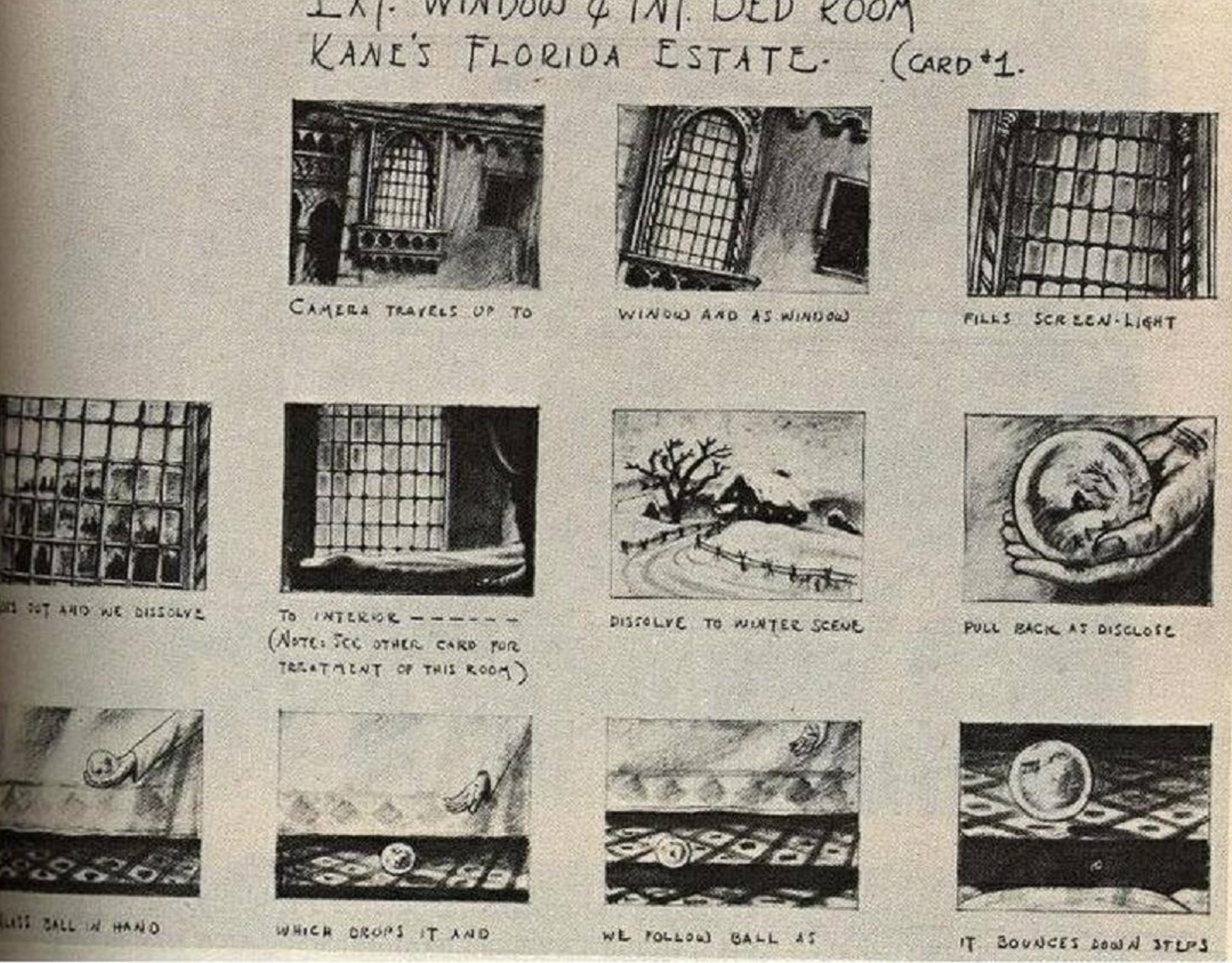To Do This Week
Write your own 1-2 page script of your group story that you are to share with your group (and with me via Slack) before next class. You can do this all on Slack. In class next week your group will come up with one script that you will also send to me to read and give feedback.
Blog Prompt: Please describe your group’s one-minute video story/script. What will you need in the coming weeks to shoot/capture video? (performers, locations, permissions)
In Class:
One Minute shorts
One Minute Short (20%)
- the group script and storyboard (5%)
- final cut (15 %)
You can decide as a group how you each contribute, but everyone must contribute and post to the blog an edited one-minute video and a script. Keep dialogue to a minimum.
Steps:
- Develop group script using proper formatting: Screenplay Formatter Add-on.
examples:
Good Will Hunting
Sixth Sense - Develop storyboards:
Ideas > Script > Storyboard/Shot list
storyboard templates
storyboard examples - Plan Production: Set time/date and what you will need. Assign responsibilities. Prop list. Shot list. Weather plan. Who will work the camera? How will you capture sound?
- Have a plan to share video clips so everyone can edit their own one minute short
week 1 (last week): Discuss ideas for a short. Discuss resources of props and locations that may help with ideas. Decide on one idea. Each student in the group then writes a short 1-2 page script based on this one idea. The group then reads each script from the group and collectively come up with one synthesized script using Google Docs and Screenplay Formatter Add-on.
week 2 (this week): Translate the script into one storyboard and shot list. Also plan the production: find locations, props and performers, find a visual storytelling style for the short. Set a time for production.
week 3: Each student edits video and sound for their own version of the group story. Add music and credits. Show your one-minute film to the class.
Visual Storytelling:

Building a Story
Aristotle’s Tragic Plot
– plot = “the arrangement of the incidents” into a whole
– drama vs. narration / show vs. tell (mimesis)
– unity of action (cause and effect chain)
– complex plot: reversal and recognition
– tragedy arouses pity and fear and then purges them (catharsis)
Three-Act Structure (Western style of storytelling)
- Introduction / complication (reversal/recognition) / resolution
- Find concrete details (visual evidence) to express and/or find the central idea of a story
- Continuity editing (anecdote – one thing after another)
- An unexpected event (that changes direction of a story) produces a reaction within character(s) and the viewer. Aristotle called this reversal and recognition. This reflection can be spoken or unspoken.
- The end should address the questions raised, does not necessarily provide answers
The Lunch Date is a 1989 American short films directed by Adam Davidson.
– selected for preservation in the United States National Film Registry by the Library of Congress as being “culturally, historically, or aesthetically significant”.
-won Short Film Palme d’Or in 1990 Cannes Film Festival.
-won an Academy Award in 1991 for Best Short Subject.
Final Project (20%)
Create a final video project of 2-5 minutes that demonstrates what you have learned about framing, continuity, montage, effects, sound design, screenwriting, storyboarding, visual evidence and visual storytelling. You do not have to use all of these techniques, but you should consider all aspects of production and post-production we have covered.
You may create a fictional or non-fictional project. However, the project must be made of 60% video (moving digital images originally captured as video), incorporate thoughtful editing and you must engage with the class ideas in the conception of your project. Your grade will be based on the quality and effort of your creative work as well as its conceptual foundation.
Some suggested ideas:
- a short documentary
- a short fiction
- another profile
- a mockumentary
- a video essay
Each student must write an artist statement (as a blog post) about their project.